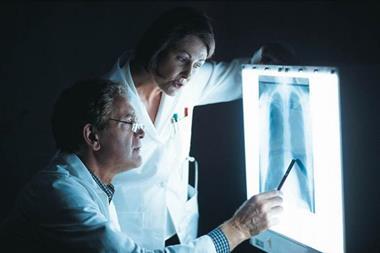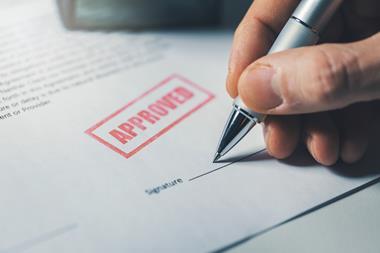Launch of new code aims to get injury lawyers and insurers working together
A revised version of the Rehabilitation Code was launched yesterday in response to feedback from users and the changes they have requested.
The IUA-ABI Rehabilitation Working Party is also distributing a "Rehab Lite" version – a two-sided summary. This is intended to help practitioners who want an easily accessible distillation of the main points.
The underlying principle of the code remains the same: to encourage insurers and personal injury lawyers to work together to consider the wider needs of the claimant at the earliest practical moment. The more serious injuries can take six years or more to settle, by which time any chance of the victim making a full recovery has long disappeared.
Changes include a timetable setting out the key stages in implementing care, starting with an immediate needs assessment. The new code is also less prescriptive, allowing more flexibility for the parties to take into account the individual circumstances and the needs of the claimant.
This is the second time the Code has been modified since it was launched in 1999. In that period hundreds of thousands of injured claimants have received treatment. The Code is widely accepted as a benchmark of good practice and is now appended to the personal injury pre-action protocol, the legal document that forms part of the court rules and prescribes good behaviour between opposing parties.
The revised version was drawn up by a small group chaired by Ian Walker, a former president of the Association of Personal Injury Lawyers (APIL). The other members were Morag Heighway of Norwich Union (representing the ABI) and APIL Vice-President Amanda Stevens.
Other organisations have also been involved: the ABI, APIL, the Bodily Injury Claims Management Association, Claims Management Society of the UK, Forum of Insurance Lawyers, the International Underwriting Association and the Motor Accidents Solicitors Society. The Civil Justice Council have been kept informed at all key stages.
"The code has been the catalyst for the surge in use of rehabilitation by insurers and the legal profession, but there’s still a long way to go," said working party chairman Mark Baylis. "These changes are designed to make it easier to use, whilst the short version will make the document more accessible."
"We hope that the new code will allow more lawyers and insurers to put the rehabilitation of accident victims at the forefront of damages claims," added Ian Walker.
Amanda Stevens of Apil said: "I’m delighted that all parties have been able to work together to make the code easier to use and also to introduce time scales which are very important in ensuring the claimant receives rehabilitation promptly. APIL has had a long commitment to the code, and we are currently updating our long-standing best practice guide for members to ensure it reflects these changes."
Morag Heighway, claims rehabilitation manager at Norwich Union and the ABI’s representative on the group that redrafted the Code, commented: "The revisions to the code provide an updated outline structure which makes it easier for injured parties to have their needs met quickly and effectively as part of the compensation process. The 2007 Code benchmarks the good practice required of all parties whilst being sufficiently flexible to allow the approach to rehab to vary according to the facts and issues of every case. The Rehab Lite edition should have a place on every claims-handler and fee-earner desk to ensure that understanding is embedded at every level of the compensation process."



































No comments yet